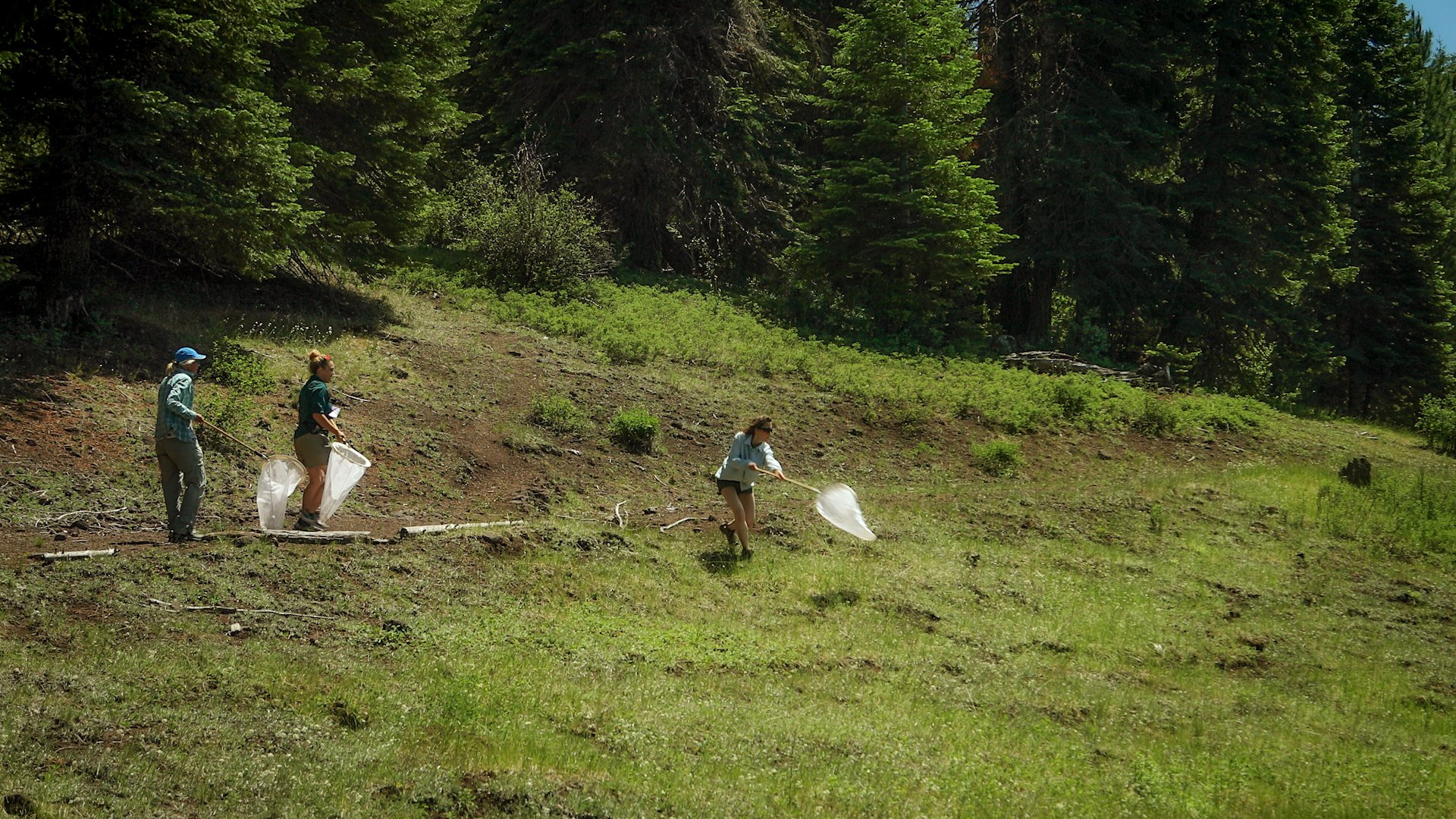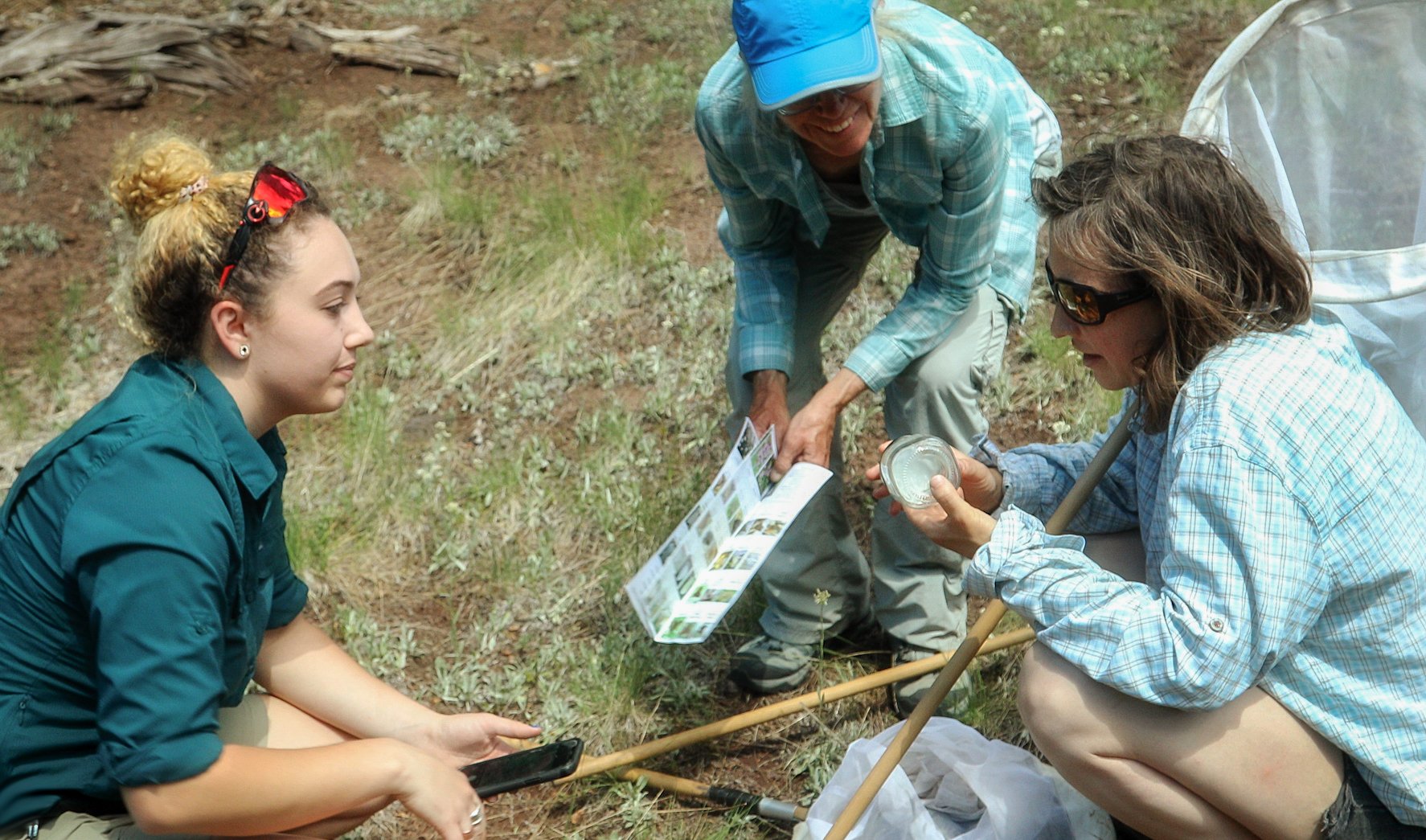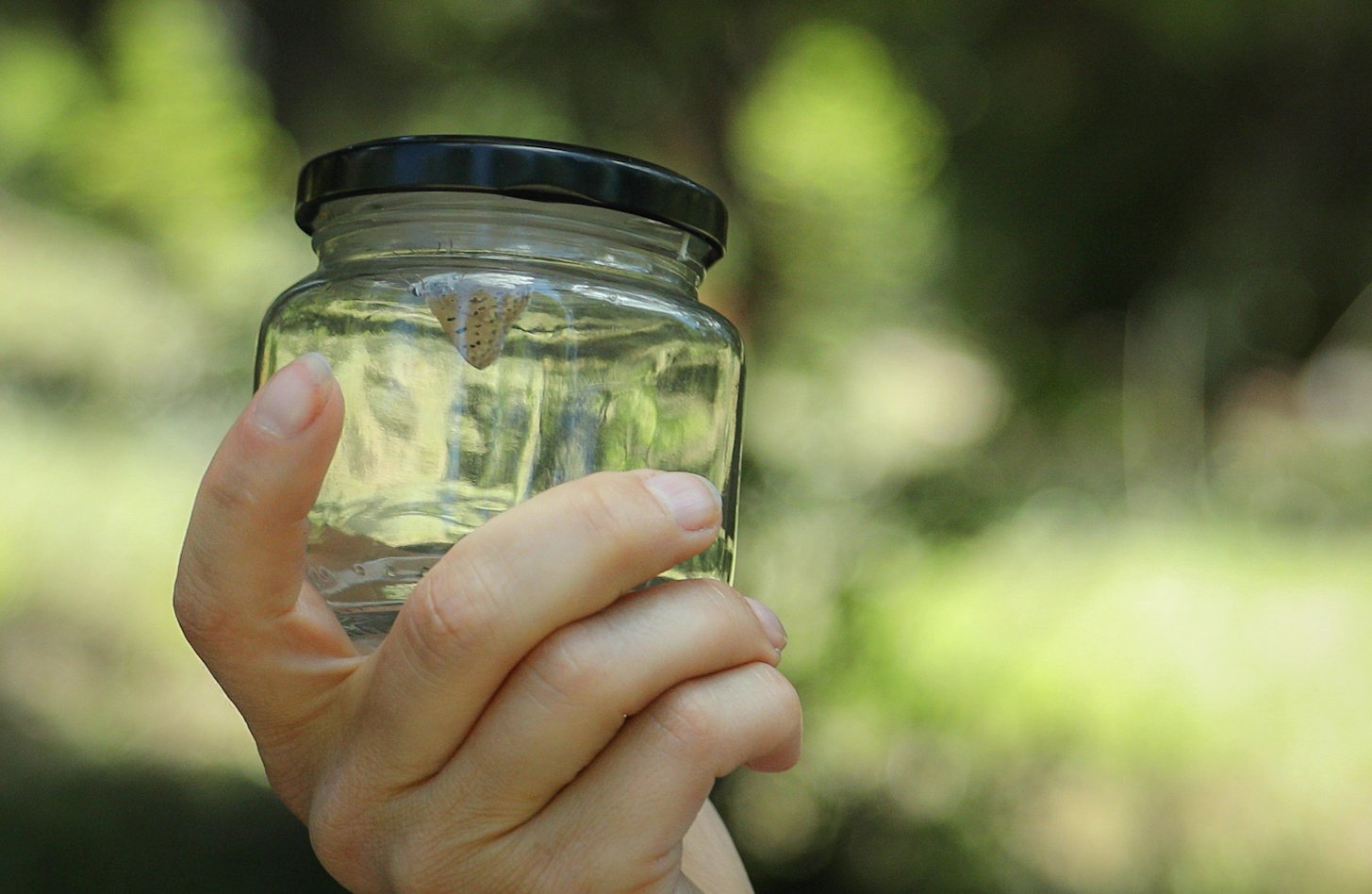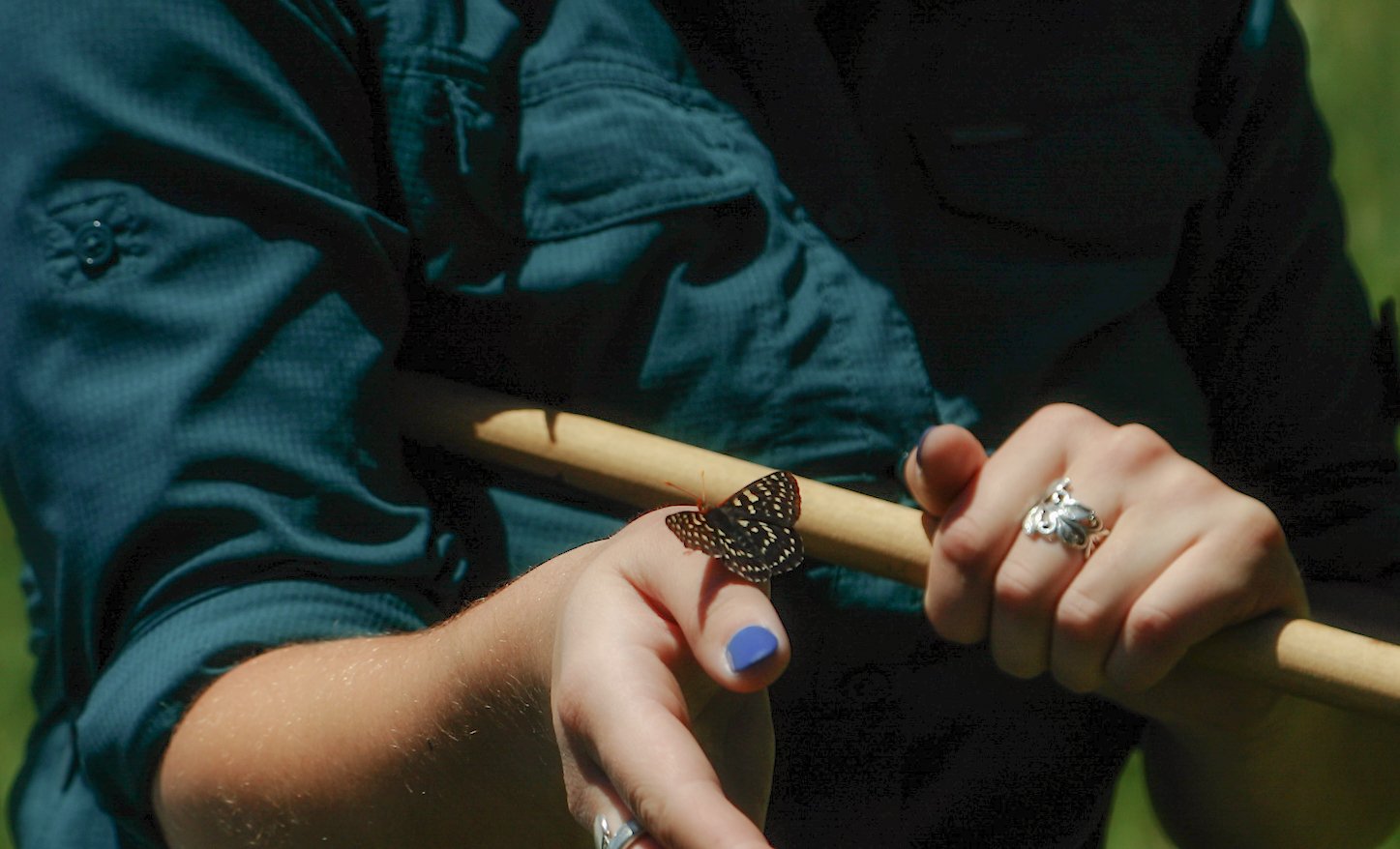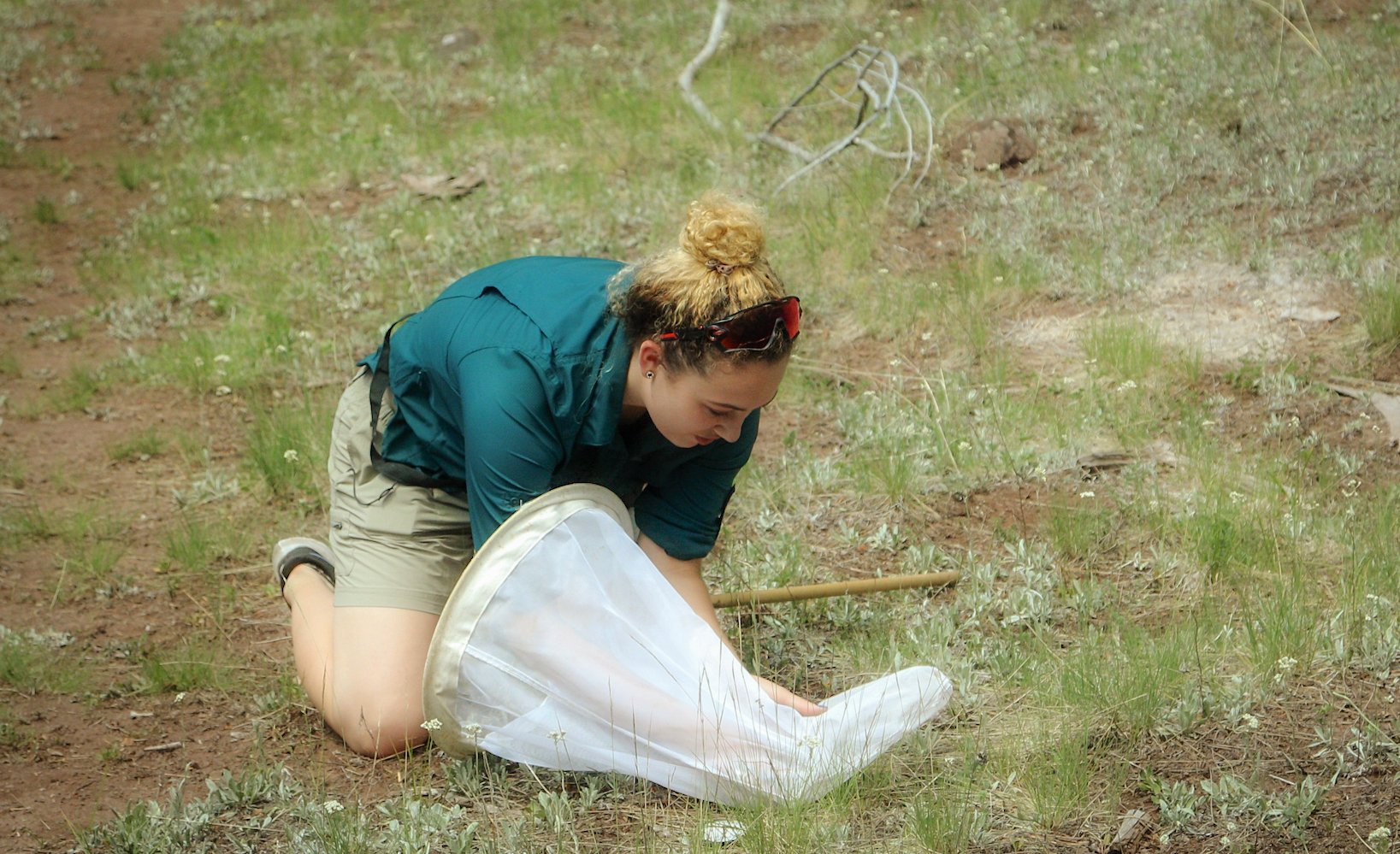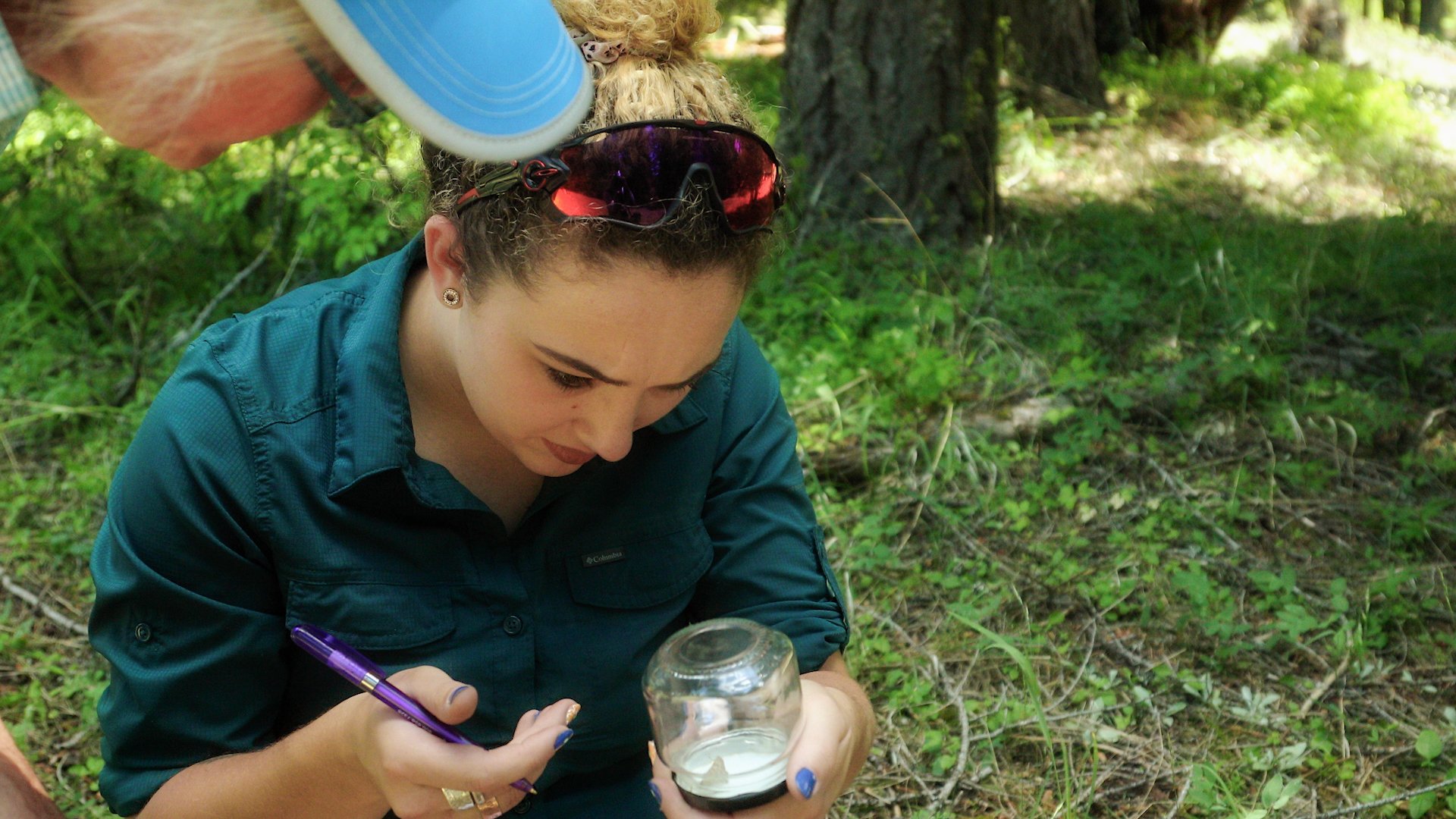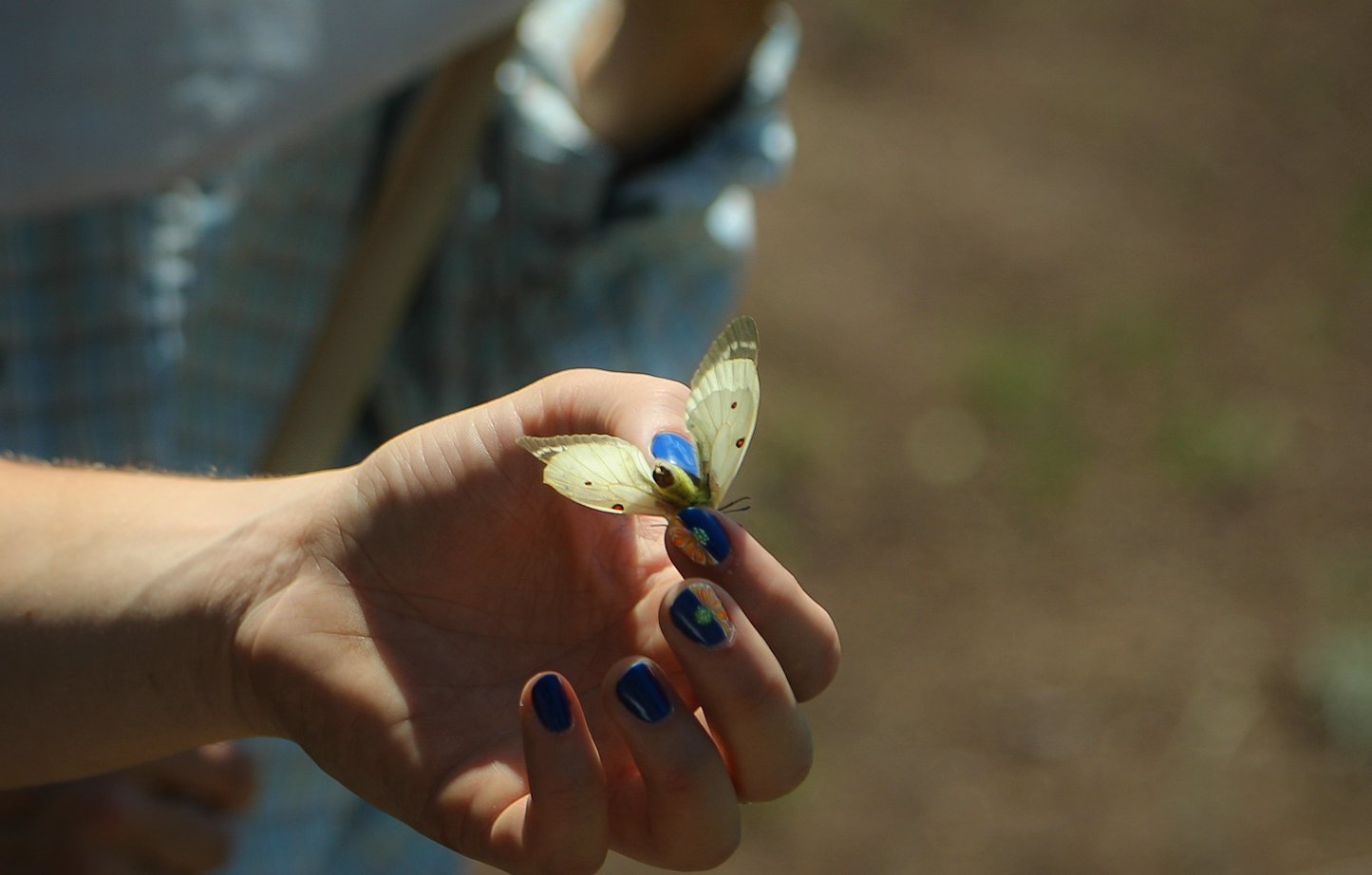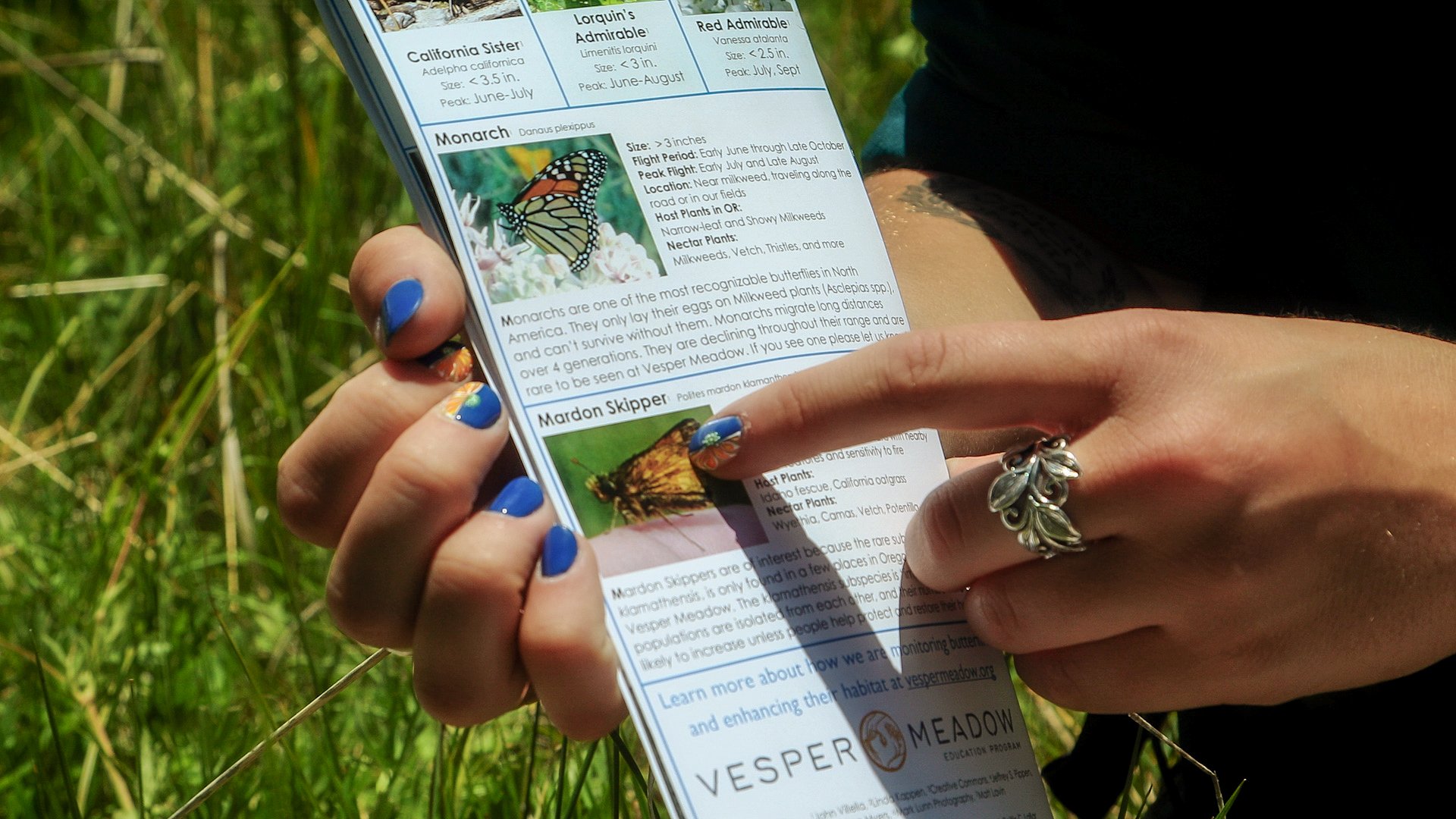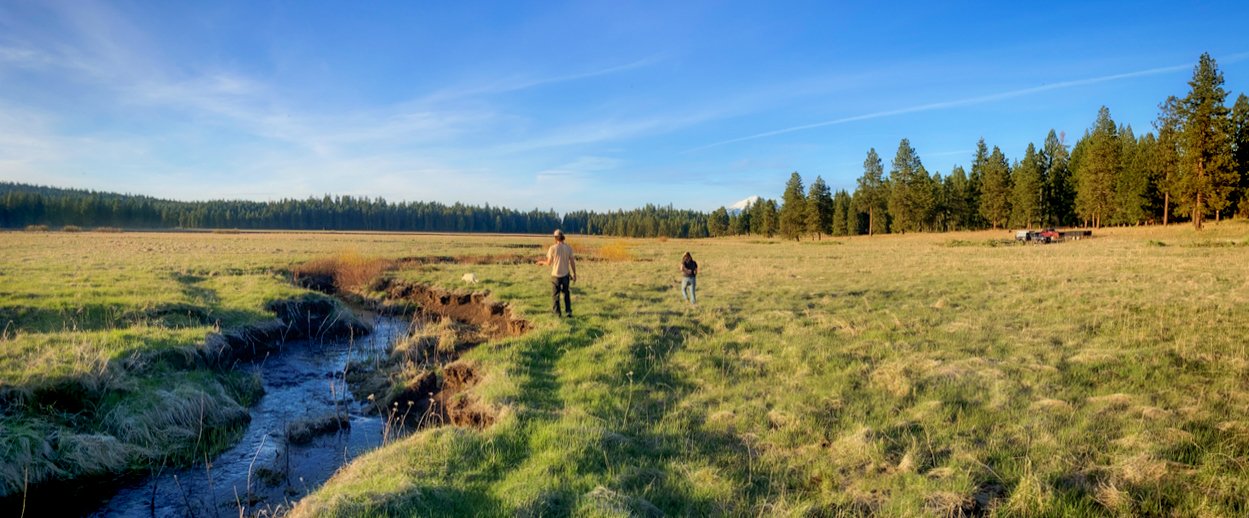
Vesper Meadow Education Program Director Jeanine Moy taking notes in fall 2020.
Vesper Meadow
Restoration Project
The Vesper Meadow Restoration Preserve is part of an historic upland wet meadow system located on the high divide of the Cascade and Siskiyou Mountains of southern Oregon. These 900-acre meadows and surrounding mixed-conifer hillsides cradle the unassuming, spring-fed Latgawa Creek, a critical part of the headwaters for the mighty Rogue River and Klamath River basins.
Like so many meadow systems, Vesper Meadow has suffered decades of degradation since settler-colonial land management. Beginning in the 1800s, beaver trapping stripped the area of its native caretaker, and the streams began to simplify. With 20th century farming practices came the building of water diversions that further straightened, channelized, and downcut Latgawa Creek. The water table lowered, drying out the wet meadow ecosystem and decimating the native communities of flora and fauna. Overgrazing across the meadow further enabled noxious weeds to outcompete native species. But in 2018, the outlook for the meadow took a turn for the better when the property was purchased by a private conservation buyer, who in 2020, further safeguarded its future with a conservation easement. The area is now managed to protect and restore imperiled species, the native plant community, biodiversity, and native foods. The managing entity, the Vesper Meadow Education Program, works to engage the community in the hands-on work and scientific monitoring of multiple restoration projects, sharing the joy and the stories of this work through art and education programming, and developing partnerships with Tribes of record in the region.
Sections of channel now run dry in the summer and fall.
The riparian restoration project at the Vesper Meadow Restoration Preserve is a collaborative effort between the Vesper Meadow Education Program, The Understory Initiative, and Project Beaver, with support from the US Fish and Wildlife Service, with the goal of restoring habitat and hydrologic function to Latgawa Creek by employing low-tech, process-based techniques. By installing hundreds of Post Assisted Log Structures (PALS), we will be emulating what beaver do naturally, reversing the channelization within Latgawa Creek by recreating curves and meanders, slowing the water flow, accumulating sediment behind the structures, and aggrading the channel bottom. Concurrently, Vesper Meadow Education Program has been planting thousands of live native willow stakes along the creek’s edge and actively suppressing noxious weeds across the meadow. The end goal is to recover the hydrologic function of the creek and to raise the water table, turning the meadow wet once again so its native flora and fauna can thrive. And if we’re lucky, our humble human efforts to kickstart the healing will attract beaver back into the system, back into their keystone role, where they will take over management as the rightful head engineer that they are.
Beaver-based restoration at Vesper Meadow
A web of interconnected relationships.
-

Mardon Skipper
Wet meadow ecosystems like Vesper have historically been home to the Mardon skipper, Polites mardon, a Federal ESA Candidate species. But due to human-caused degradation, native butterfly habitat in the Cascades has been reduced to just a patchwork of protected lands. It is now a rare and celebrated occurrence to spot this tiny golden creature flitting across the field. The Mardon plays a critical role as a pollinator for native flora. And in turn, it depends upon specific native plant communities – Roemer’s Fescue, in particular – for its own habitat. As we begin restoration in Latgawa Creek, annual butterfly surveys will track if the Mardon skipper population begins to rebound as well.
-

Camas Lily
Though populations are diminished, Vesper Meadow shows evidence of supporting a diversity of celebrated native plant species like camas lily, serviceberry, brodiaea, oceanspray, yamhap, yarrow, nettle leaf, horse mint, incense cedar, and various bunch grasses. In addition to enriching the local biodiversity, many of these plants are culturally significant as traditional First Foods for the Indigenous people of southwest Oregon. According to an interview with a local native elder in 1933, the Vesper Meadow area was know as a “favorite Camas digging meadow” to the native Latgawa people, and has been recognized as an important food place since time immemorial.
-

Beaver-Based Restoration
In the absence of actual beaver, human-built structures that emulate their work can be the next best thing. A post assisted log structure, or PAL, is a jumble of logs and woody debris piled together in a creek bed and held in place by sturdy wood posts. Unlike restoration strategies that require diesel-guzzling heavy machinery, this low-tech approach only requires a few dedicated humans and a hydraulic post-pounder. This minimizes disturbance to the surrounding ecosystem and maximizes the return on project cost. PALs help slow water, accumulate sediment, and raise the water table, and can be a first step towards welcoming beaver back to streams that are too degraded to support them.
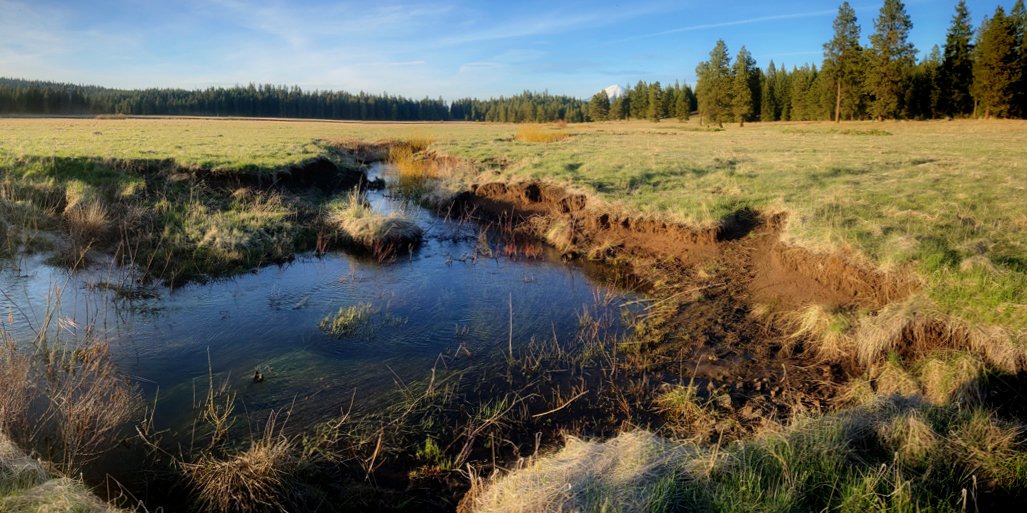
Restoration for hydraulic function.
Project timeline
Our work will employ process-based restoration techniques such as the installation of BDAs and PALS to benefit the local and downstream watershed by recovering hydraulic function, raising the water table to reconnect the surrounding meadow, increasing water storage for late season flow, and reestablishing native vegetation communities. Concurrently, the Vesper Meadow team and The Understory Initiative will conduct in depth pre- and post- project monitoring to document the hydrologic and vegetative responses with the support of an Oregon Watershed Enhancement Board (OWEB) grant. By sharing our findings, this project can serve as a model and set much-needed precedent for other private landowners wishing to embark upon similar journeys through restoration.

Restoration for native species.
Photo gallery of the annual butterfly survey, Summer 2021
